Contexts
(Re)colonizing Tradition
A Pedestrian Guide to a "Traditional" City
Welcome to Bhaktapur
[1] The Tea Stall at Guhepukhu
[2] Nava Durga Chitra Mandir
[3] Khauma Square
[4] Tourist Motor Park
[5] Indrani Pitha
[6]Lasku Dhwakha Gate
[7]Char Dham
[8]Cafe de Temple
[9]Batsala Temple
[10] Batsala Temple
[11] City Hall
[12] The Procession Route
[13] Pujari Math
[14] The Peacock Restaurant
[15] Sewage Collection Ponds
[16] Bhairavanath Temple
|
A Radical Guide ?
Because, as De Certeau argues, "the act of walking is to the urban system what the speech act is to language or to the statements uttered" (1984, 97). The footsteps depicted here are mine, but echo A Users¹ Guide to Bhaktapur (Khwopa), a circular walking tour I wrote in collaboration with the Bhaktapur Municipality (Grieve 1997)
Yet, there is hesitation in my appropriation of the guidebook, because, as Roland Barthes argues, the genre steals places by covering over history and politics with ahistorical myth. This timeless space is made, as Barthes points out in "The Blue Guide," because guidebooks‹and by analogy much ethnography ‹tend to operate on a second order of signification in which landscapes are reduced to scenery and people to types. For instance, Lonely Planet reduces Nepal to the unforgettable Himalayas, ancient temples, and the Buddha¹s peaceful birthplace‹history and politics are ignored. (It should be noted that after the assassination of the royal family in Early June 2001, and with the raise of Maoist insurgents even Lonely Planet¹s positions has changed).
There is much that is valid in a Barthean critique of guidebooks. Yet, in other ways this critique is a hindrance to a truly radical (should we say pedestrian) interpretation. The hindrance lies in a strict reading of Barthes¹ critique that would imply occidentally that all guidebooks are bourgeoisie ideology. Yet, as pilgrimage guides, the genre of the guidebook is not a stranger to South Asia or the Kathmandu Valley. Moreover, taking guidebooks in the widest possible light‹from medieval European pilgrimage guides, to contemporary South Asian temple guides and even modern progressive texts such as Walter Benjamin¹s descriptions of Berlin, Naples, and Moscow‹we see that the genre proceeded, geographically layout side of, and will probably continue to exist long after the global dominance of the European bourgeoisie ends.
Yet how can one peel away the romantic mystification that now fogs Bhaktapur¹s guides? Barthes¹ writing points to a strategy for creating nonmythic guides. He argues that poetry "occupies a position which is the reverse of myth" (1975, 134.) For Barthes, while myth aims at making itself seem natural by cavorting itself as ultrasignification, poetry is a type of "language murder," which by disrupting signification displays reality through "a kind of spatial, tangible analogue of silence" (1975) . Similarly, a self-conscious or reflexive guide can be a dialexic to tool for disrupting ones habitual existence
  
|
Maps
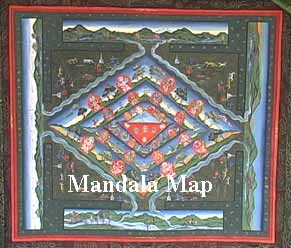
Mandala Map
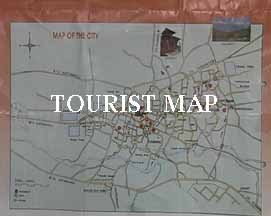
Tourist Map

Government
Map
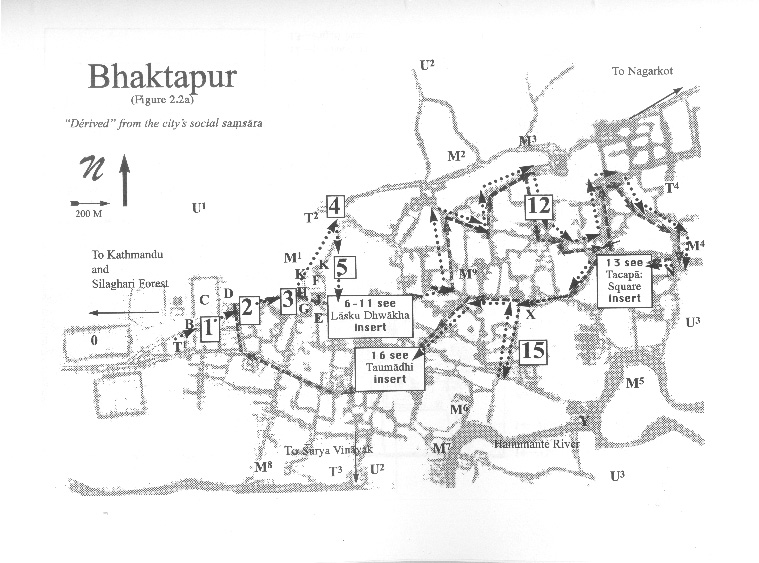
Pedestrian
Tour Map
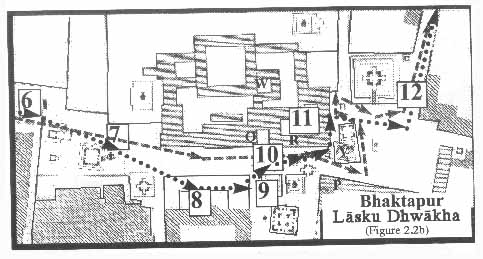
Bhaktapur
Durbar Square
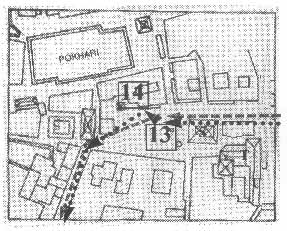
Tacapa Map
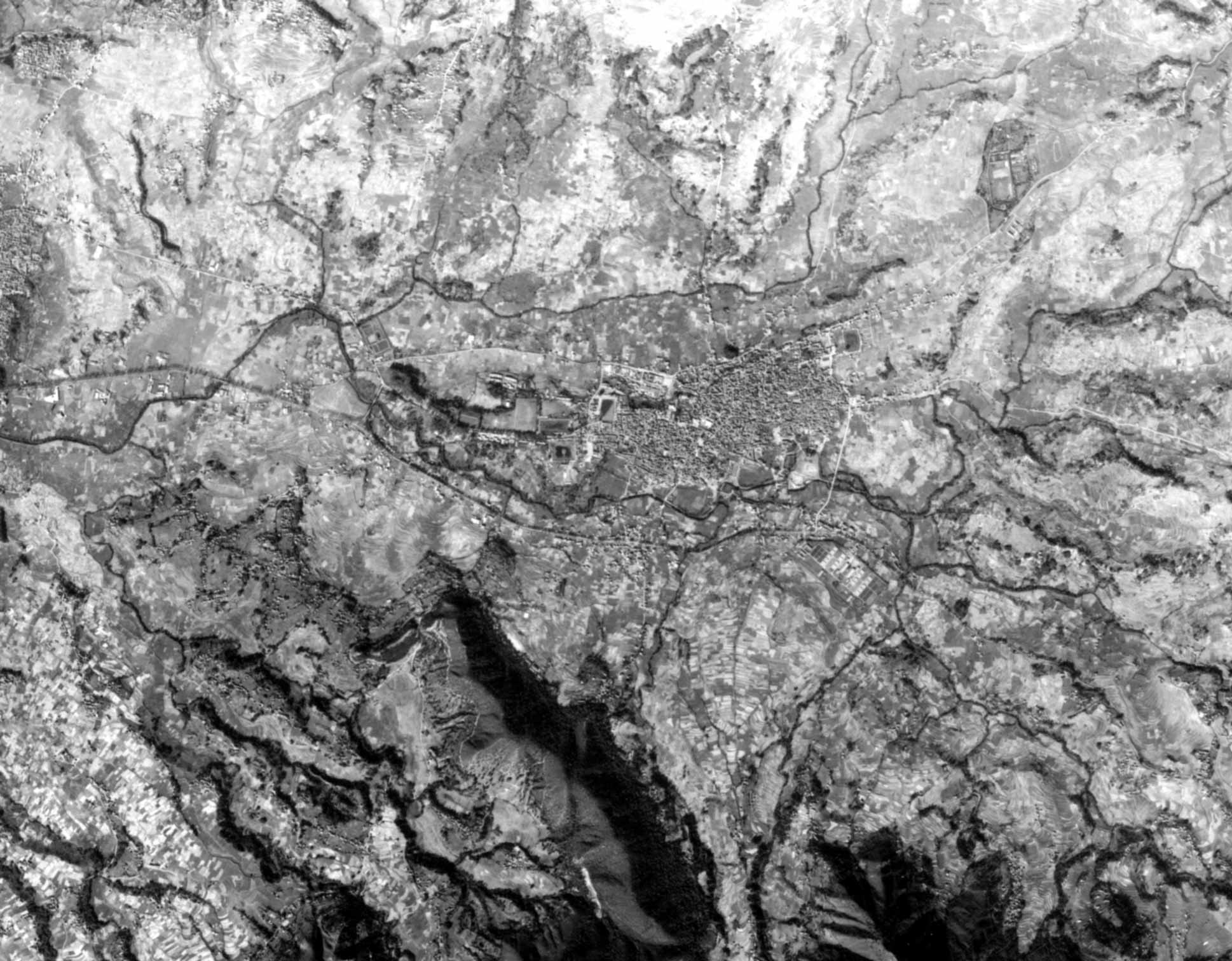
Satellite
Photograph
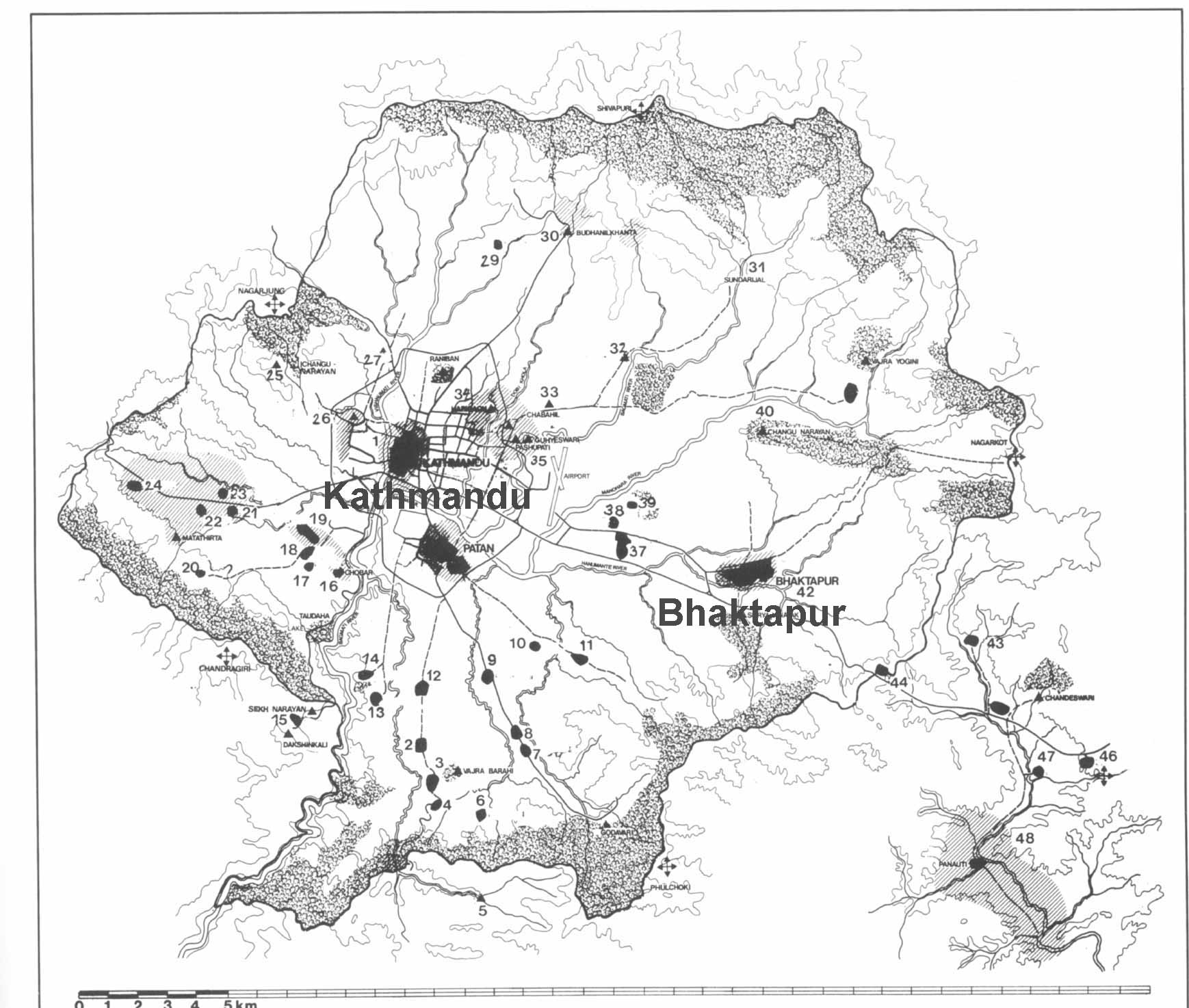
Kathmandu
Valley
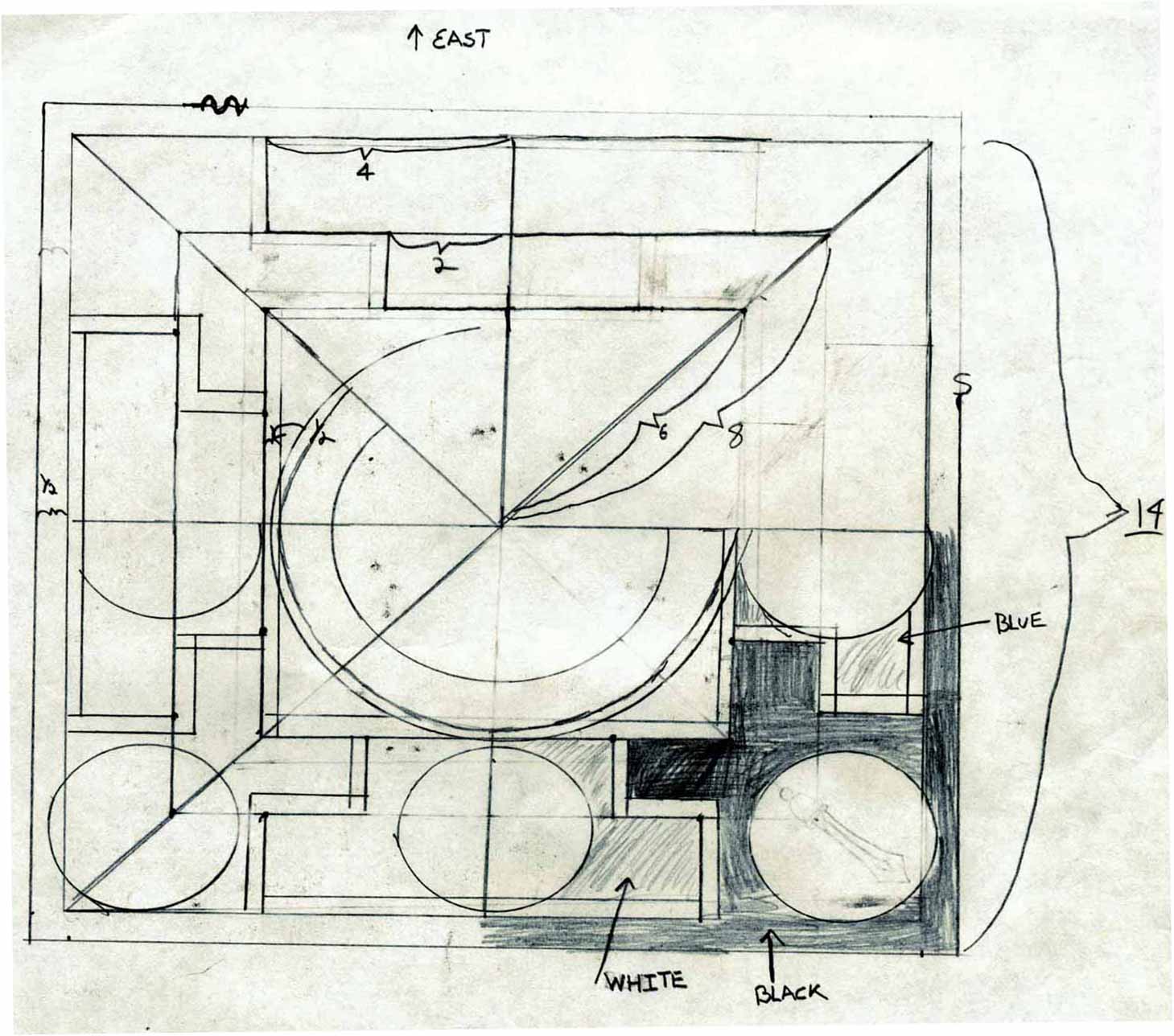
Goddesses
|